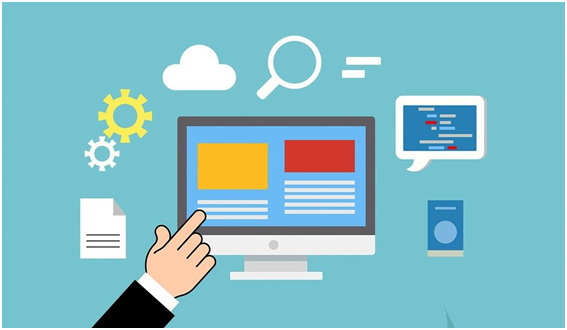
Charles R. Goulding and Preeti Sulibhavi examine software-focused improvements that should give companies a post-pandemic advantage.
During the pandemic, many companies are taking the opportunity to improve their software infrastructure. If the predictions are true that the economy will snap back in the next three years, as opposed to seven years from the last downturn, these companies will be prepared. The major IT and software projects we are seeing are discussed below.
Enterprise Software Installations
Here we are experiencing more installations and further business integration. It is increasingly common to see multiple enterprise systems for distinct needs. The real value with enterprise systems comes from integrating important business applications.
Cloud Migration
This the most prevalent current IT project including AWS, Microsoft, Google, Oracle, and IBM migrations. Migration modes:
- Lift and Shift
- Shift to Software as a Service (SaaS)
- Replatforming
- Refactoring
Customer Relationship Management
Salesforce is a big player in this industry. Salesforce has a 22% market share of this $57 billion industry and is growing faster than the overall CRM market.
Enhanced Web Sites and Social Media
Many businesses that utilized trade shows and conferences have had to convert to contactless marketing including Zoom, Skype, or Microsoft meetings, improved websites, and social media.
E-Commerce
The immediate contraction of the retail industry has accelerated the conversion to e-commerce. Even the most successful surviving retailers such as Amazon, Target, Home Depot and Lowes also have hybrid e-commerce/brick-and-mortar strategies. Nike is an example of a major 3D printing user that has successfully increased its e-commerce sales mix versus its in-store sales.
Bots
Bots are internet applications that automate repetitive tasks. Bots have become extremely popular with the need for social distancing. Bot vendors have developed simple tools that can quickly calculate the compelling ROI from high-volume repetitive business tasks.
Cybersecurity
The increased use of technology including all the technologies discussed above has increased the need for cybersecurity. Remote working and in particular working from home has greatly increased IT security risks. Public accounting firms, insurance companies, and customers now require compliance with prescribed security standards and a rate for companies’ compliance on a scale.
Our 3D printing industry clients involved in the defense sector are all upgrading their cyber processes to meet mandatory Department of Defense (DoD) supply chain requirements.
Research and Development Tax Credits are available for the eligible U.S.-based, software development, and integration activities that companies engage in.
The Research and Development Tax Credit
Whether it’s used for creating and testing prototypes or for final production, 3D printing is a great indicator that R&D Credit eligible activities are taking place. Companies implementing this technology at any point should consider taking advantage of R&D Tax Credits.
Enacted in 1981, the now permanent Federal Research and Development (R&D) Tax Credit allows a credit that typically ranges from 4%-7% of eligible spending for new and improved products and processes. Qualified research must meet the following four criteria:
- Must be technological in nature
- Must be a component of the taxpayer’s business
- Must represent R&D in the experimental sense and generally includes all such costs related to the development or improvement of a product or process
- Must eliminate uncertainty through a process of experimentation that considers one or more alternatives
Eligible costs include US employee wages, cost of supplies consumed in the R&D process, cost of pre-production testing, US contract research expenses, and certain costs associated with developing a patent.
On December 18, 2015, President Obama signed the PATH Act, making the R&D Tax Credit permanent. Beginning in 2016, the R&D credit has been used to offset Alternative Minimum Tax (AMT) for companies with revenue below $50MM and, startup businesses can obtain up to $250,000 per year in payroll tax cash rebates.
Conclusion
It is well-recognized that the pandemic has accelerated ongoing technology trends from years to months. For those companies that have the budget, this is the time to get your software house in order.
